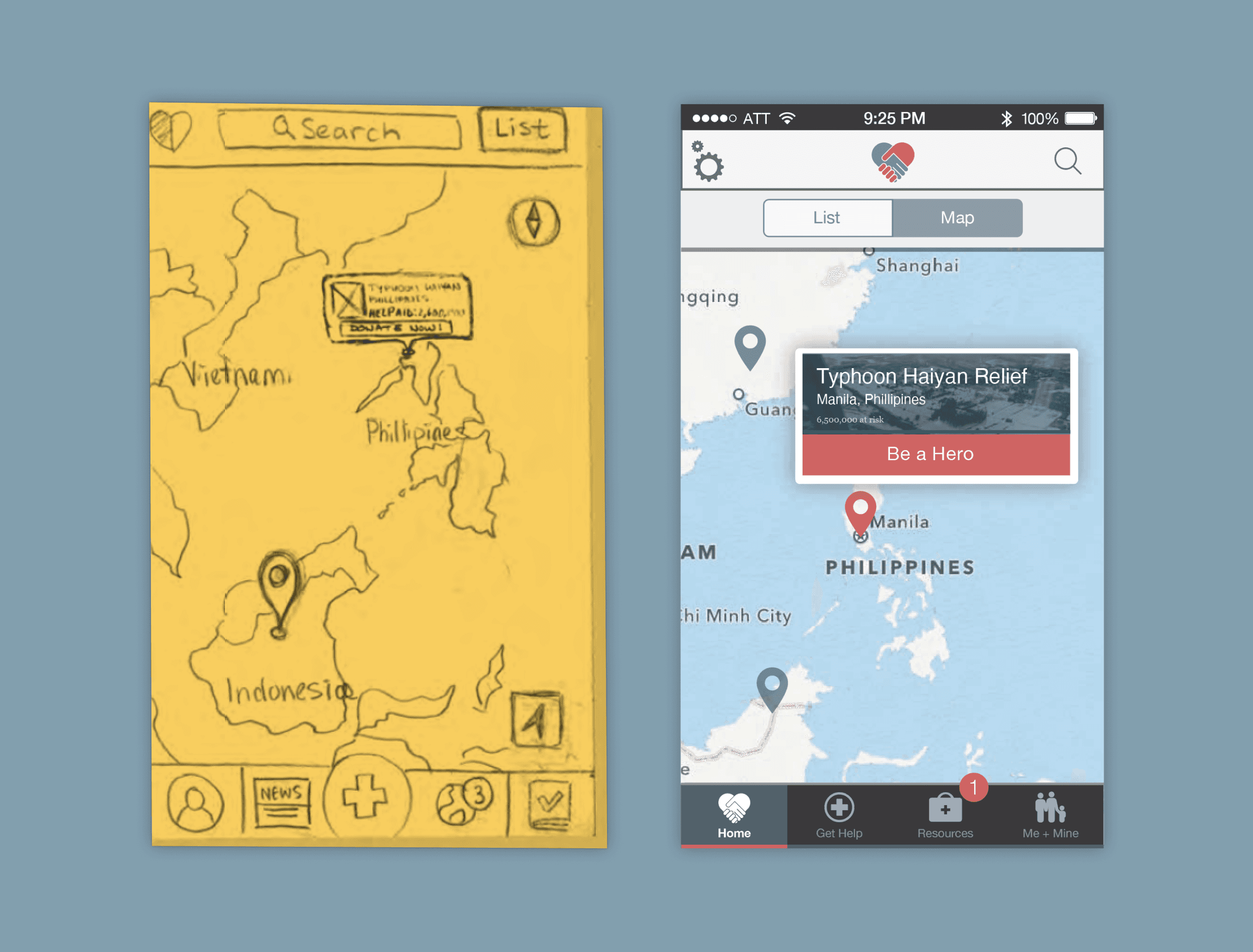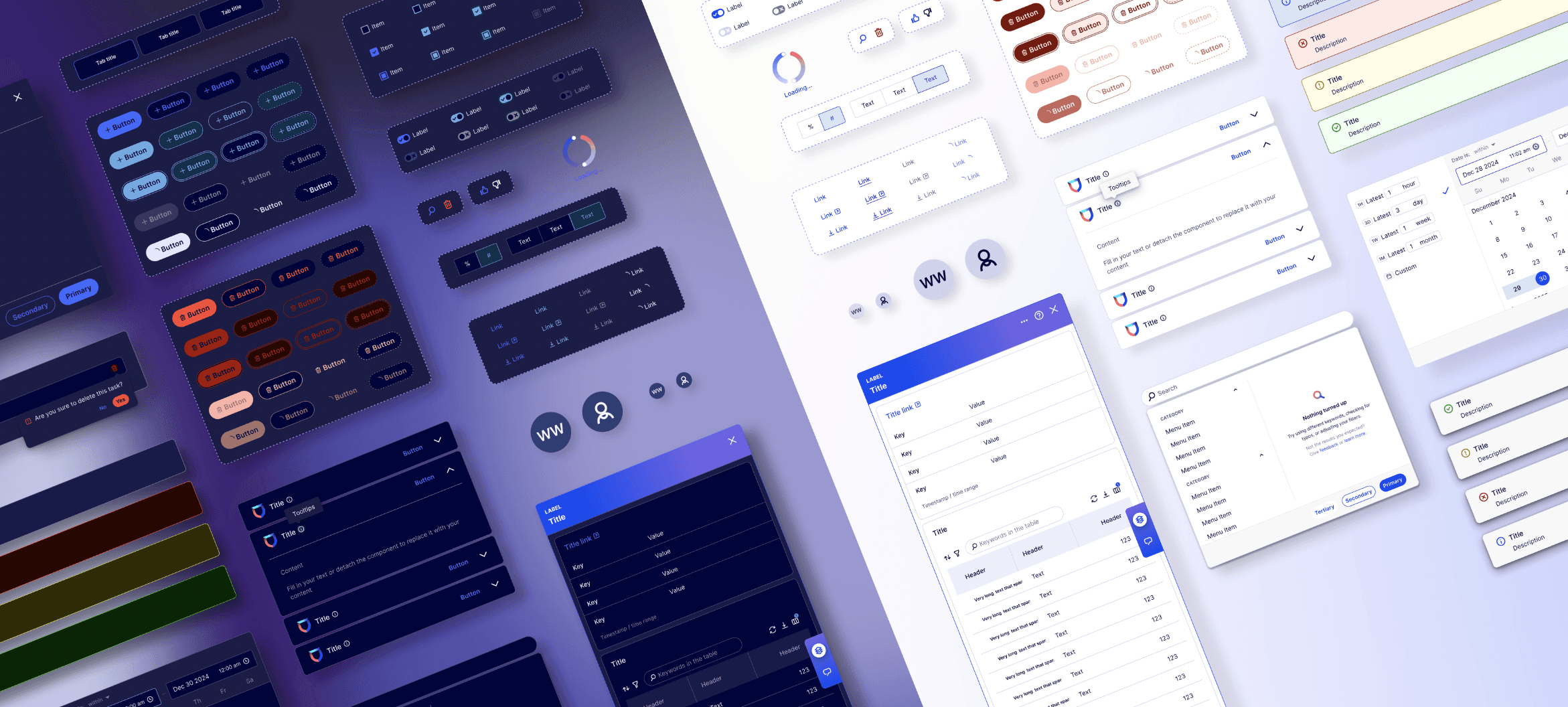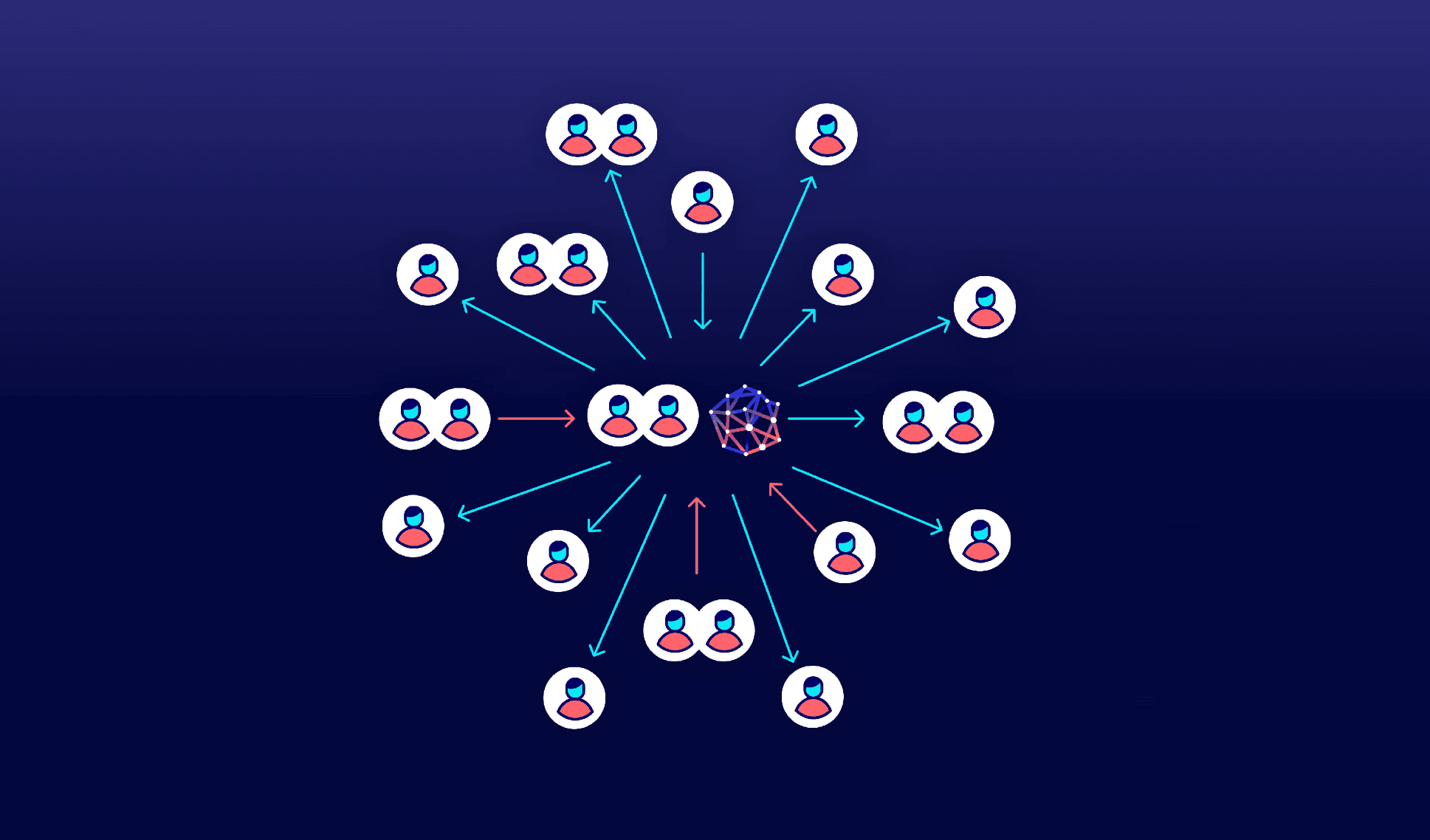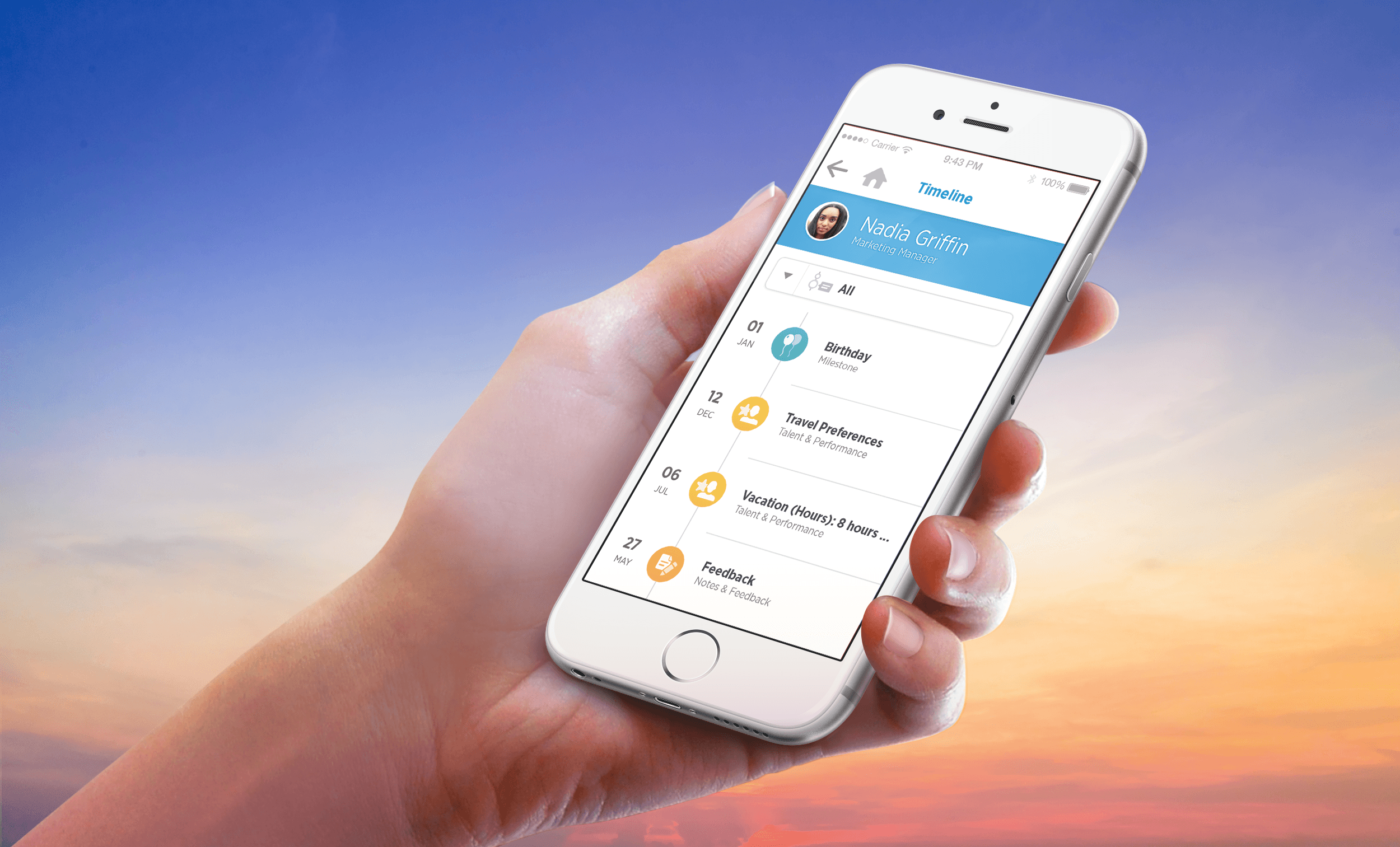Sep 10, 2024
A followup on my early post on drawing... Almost anytime that I’ve jumped directly into design without sketching I take 2 times as long to arrive at a first draft and I have WAY more creative blocks. I don't care if I'm designing slide decks or an interactive workflow, I have to start with research and some lo-fidelity work up front (a sketch, thumbnails, lo-fi wireframe, diagram, writing an outline).
🖍 There’s this mentally blocking thing about thinking about constraints too early.
You don’t think about what could be. Starting from a blank page and then adding constraints after seems to yield more innovative solutions. And if you get really stuck, some random sketching can get your creative juices flowing again.
🖍 When you are starting from rough wireframes you don’t get distracted by making things pixel perfect.
You’re focused purely on the problem space and not necessarily the polish. You can generate a lot of concepts and ideate more quickly this way.
🖍 It also helps with collaborative projects to begin low fidelity.
Presenting folks with loose sketches is great in early collaborative ideation because the concepts are clearly malleable. And if there is a group brainstorm, folks a less intimidated by their lack of skill at drawing if its all lo-fi.
🖍 I've found that teams are less likely to give as much input when things appear "finished."
Presenting WIP designs through lo-fi means makes folks think more about the problem. You’ll get more of the feedback you need with rough sketches and wires.







